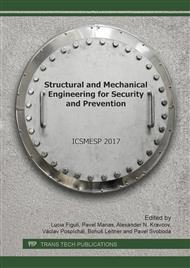p.75
p.82
p.90
p.96
p.106
p.112
p.121
p.131
p.139
Creation Proposal for the Digital Competency Framework of the Middle-East European Region
Abstract:
Since the end of the 20th century the digital competence social and personal importance is increasingly heaves. Nowadays the basic level information technology knowledge is necessary because the penetration rate of the digital devices and the internet availability. Again the material world dangers the defense actions evolved. The cyber age started some decade ago. Civil people are not aware for attacks in the Cyber space and they can’t survey its danger. In Hungary the information technology and the internet penetration started in the last some decades. „Gen X” and older generation people users only in theirs adulthood met digital devices and its application. For the said generations to find a workplace was not required the digital competence, because the digital devices and the digital infrastructure wasn’t availability for everybody. This age-group has not enough motivation to improve the digital competence and herewith develop the safety awareness too. Nowadays this age-group needs significant helps to correspond to the challenge of the digital world. The digital competence and the safety awareness are improvable by the way of education. The knowledge levels are very different between the same age users. The assessment and the determination of the levels are a complex problem. Skills and routine levels of the users are approximately well determinable by questionnaire. The development of the different digital competence and safety awareness level user’s is workable by different knowledge transmission. I introduce in this paper like my research synthesis the assessment and the classification of the tested age-groups.
Info:
Periodical:
Pages:
106-111
Citation:
Online since:
September 2017
Authors:
Keywords:
Price:
Сopyright:
© 2017 Trans Tech Publications Ltd. All Rights Reserved
Share:
Citation:


